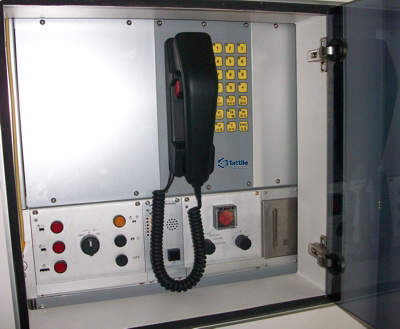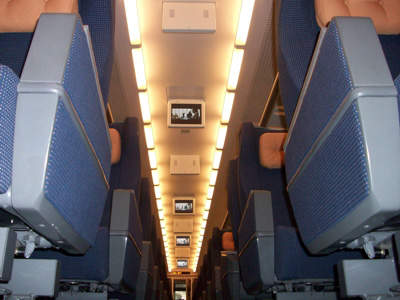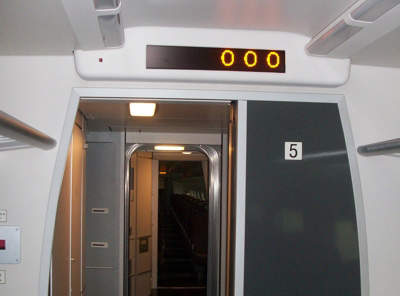The Tattile railway division provides passenger information, security and entertainment systems for trains, subways, buses and trams. The division was formed in Brescia, Italy in 2006 and is part of the Tattile group, which has vast experience in digital systems.
Our industry-leading competence in passenger information, security and entertainment systems ensures our devices are used by the most demanding partners worldwide.
Analogue and digital passenger information, security and entertainment systems
A high technological profile is the premier asset of all Tattile passenger information, security and entertainment systems. Both analogue and digital networks are based on architectures with distributed intelligence and high-efficiency embedded implementations.
Rail passenger information systems (PIS)
Tattile engineers and produces automatic PA and PIS systems that are able to supply audio and video information to rail passengers.
Our geo-reference technology is able to obtain data about a train’s position, speed and distance from a station. This data is used for announcements, images of points of interest on the route, coordinate marking on dynamics maps, and internal and external displays for rail applications (featuring stations, the next stop, the terminus and/or delays).
Devices for intercom and inter-phone communication
Tattile also offers devices and systems for intercom communication and inter-phone communication, including microphones, driver handsets with different modality (cab to cab, all train, single coach and train-to-ground), and emergency phones.
Each device features UIC568 native interface and Ethernet, and is made with new-generation components (which provide low power consumption and low dimension) that are compatible with EN50155.
Video-surveillance systems for trains
Tattile has developed a new generation of video-surveillance systems for trains, based on a zero-bandwidth concept. Thanks to our smart camera, which is able to grab and analyse an image directly on-board, the video server is obsolete. The zero-bandwidth system is based on a simple concept: intelligent distribution.
Using this kind of camera provides many advantages: compact size, high reliability (previously, a DVR fault meant all recording stopped), extreme scalability and high modularity.
The power over Ethernet (PoE) cameras are able to store up to 64GB on a micro SD card, and the cameras only provide the data to users after authentication. In this way we can eliminate data flow from cameras to DVR and data overload, and if one camera fails all systems keep recording.
Our devices are equiped with a dual-band Wi-Fi N module (IEEE802.11n) with MIMO technology; all data download, firmware/software update and system setup activities can be performed from a remote PC.
Tattile has developed a high-performance system based on standard IP devices, creating an LAN (and WLAN) mobile network for railways.




